When people first encounter one of Pop Concrete’s beautifully honed bench-tops or slender-legged tables, their usual reaction is to ask what they’re made from.
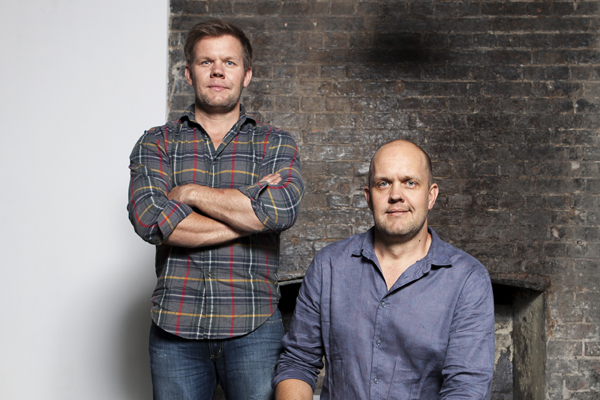
July 12th, 2013
On finding it’s concrete, many can’t believe that a product so silky to the touch could be the same utilitarian material paving our footpaths and driveways. It’s the sort of response that brothers Jouni and Sami Jarvela enjoy, but even they weren’t always fond of the stuff. Having grown up as sons of a Brisbane concreter, they and another brother worked in the family business after leaving school.
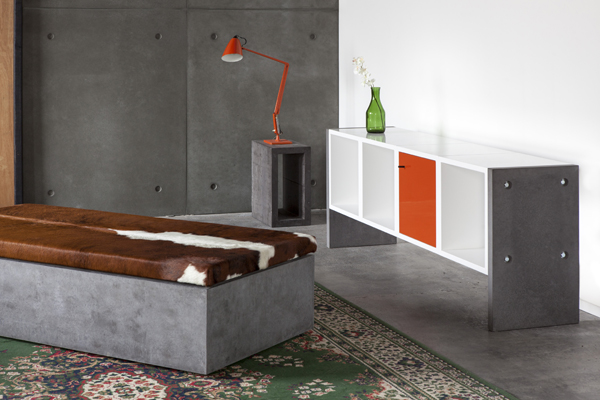
“After a decade of that, I resented concrete,” says Sami. “You’re working out in the Queensland sun, and once a slab is poured, you can’t leave it. You have to keep working it, and it’s unforgiving. But what we’re doing now has redeemed concrete for me. We’ve refined it, and it’s become an art form. I love it now.”
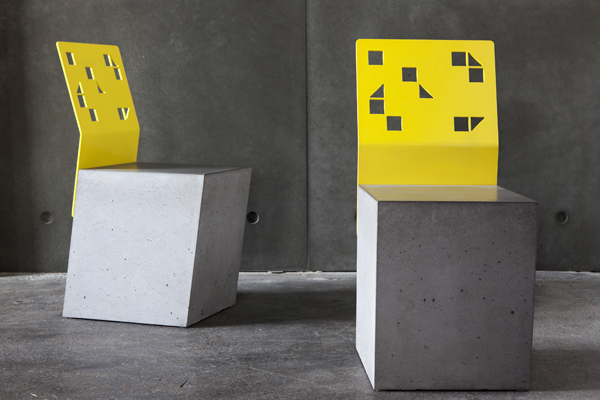
Sami eventually left the family concreting business to train as a primary-school teacher, while his younger brother, Jouni, headed overseas and visited his parents’ homeland, Finland. There, Helsinki’s exciting design scene galvanised him to enrol in an industrial-design degree at Queensland University of Technology on his return, and when he graduated, the choice was obvious: to start his own concrete-design company, with the help of his brother Sami.
“It seemed natural to marry my expertise in concrete with design,” says Jouni. “And no one else in Brisbane was doing it.”
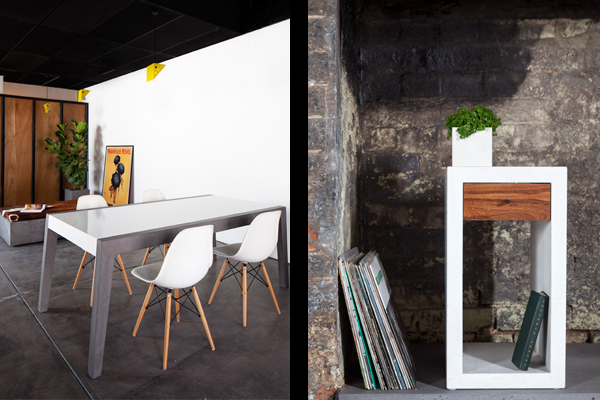
The brothers started with a couple of small projects, including the fit-out of a friend’s cafe in West End, for which they worked from a cramped space underneath Jouni’s rented high-set Queenslander. Having worked in the construction industry, they already knew several architects and designers. Word soon spread about their interesting work, and last year, they set up a showroom in Fortitude Valley and a workshop in Moorooka.
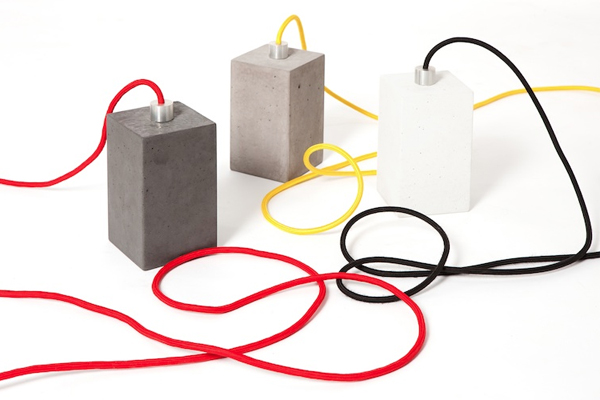
Today, all of Pop Concrete’s divisions are expanding. The company offers larger fixed items (which includes kitchen benchtops and terrazzo bathroom floors) as well as customisable furniture pieces that incorporate elements such as timber and steel (which includes sideboards and tables) alongside small decorative pieces, such as bowls and tea-light holders. Jouni and Sami have a hand in all aspects of the business, from preparing, mixing and pouring the concrete to popping the moulds and hand-finishing each item.
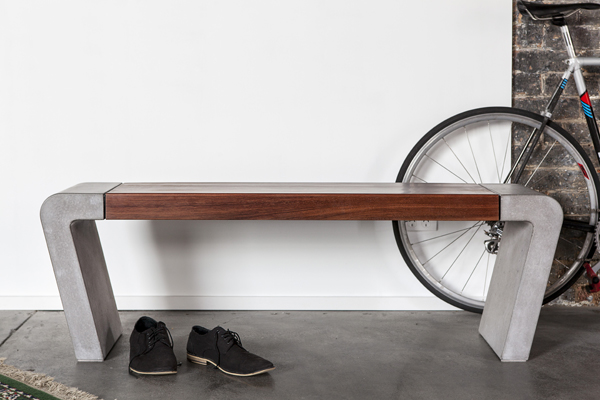
‘Bespoke concrete’ may sound like an oxymoron, but work is flooding in from architectural firms, as well as from cabinetmakers and private clients. Kitchen companies have also approached the pair, with a view to placing Pop Concrete product in their showrooms.
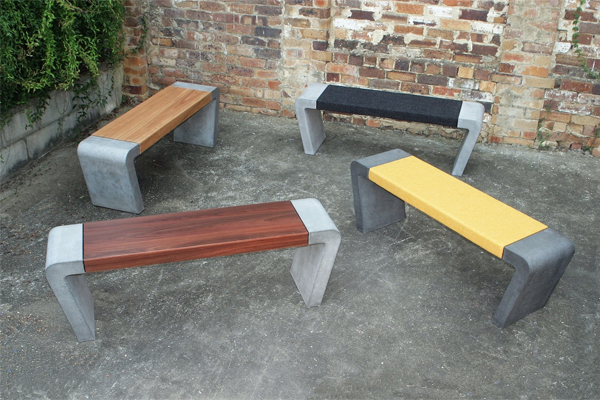
“With our working knowledge of the material and our design training, we can collaborate with designers,” says Jouni. “Architects love to come up with novel ideas, so when they come here, they’re often like little kids in a lolly shop. And we’re happy to find ways to make their designs work.”
Pop Concrete
INDESIGN is on instagram
Follow @indesignlive
A searchable and comprehensive guide for specifying leading products and their suppliers
Keep up to date with the latest and greatest from our industry BFF's!
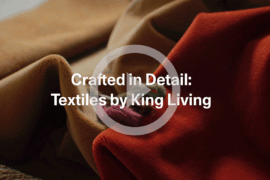
For a closer look behind the creative process, watch this video interview with Sebastian Nash, where he explores the making of King Living’s textile range – from fibre choices to design intent.

From the spark of an idea on the page to the launch of new pieces in a showroom is a journey every aspiring industrial and furnishing designer imagines making.

In an industry where design intent is often diluted by value management and procurement pressures, Klaro Industrial Design positions manufacturing as a creative ally – allowing commercial interior designers to deliver unique pieces aligned to the project’s original vision.

Architect, designer, art director: the Italian multi-disciplinary creative, Piero Lissoni, is what many of us would refer to as a living legend. His output is prodigious. Alice Blackwood absorbs some life lessons from this orchestrator of architecture and space.
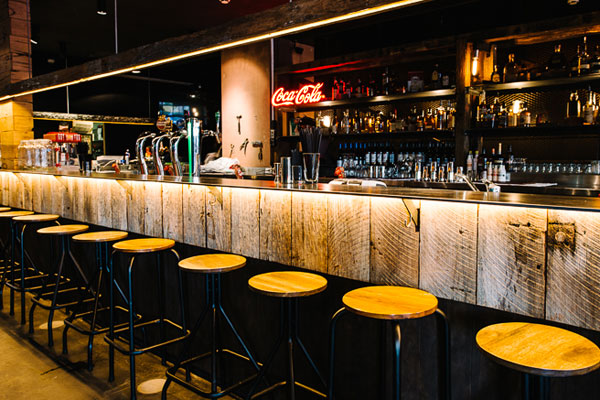
The Surry Hill Hotel has undergone some serious changes recently, transforming itself into a one-off, trendy, hub. Words by Zachary Klein.

What began in creative response to Alexander Calder’s 1960s opera, has blossomed into a two-part opera that reveals the creative genius of artist William Kentridge. For ‘Sibyl’, he brings new vision to set design, fusing opera, animation and live performance to enrapture audiences.
The internet never sleeps! Here's the stuff you might have missed
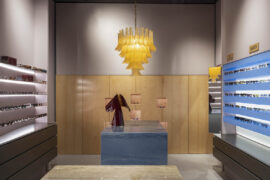
A calm, gallery-like boutique by Brahman Perera for One Point Seven Four brings contemporary luxury and craft to Strand Arcade.
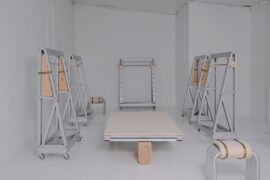
Melbourne-based Studio Edwards has designed Shift+Space, a modular system under the banner of ‘adaptive retail architecture’. Ben Edwards tells us more.

At the Munarra Centre for Regional Excellence on Yorta Yorta Country in Victoria, ARM Architecture and Milliken use PrintWorks™ technology to translate First Nations narratives into a layered, community-led floorscape.